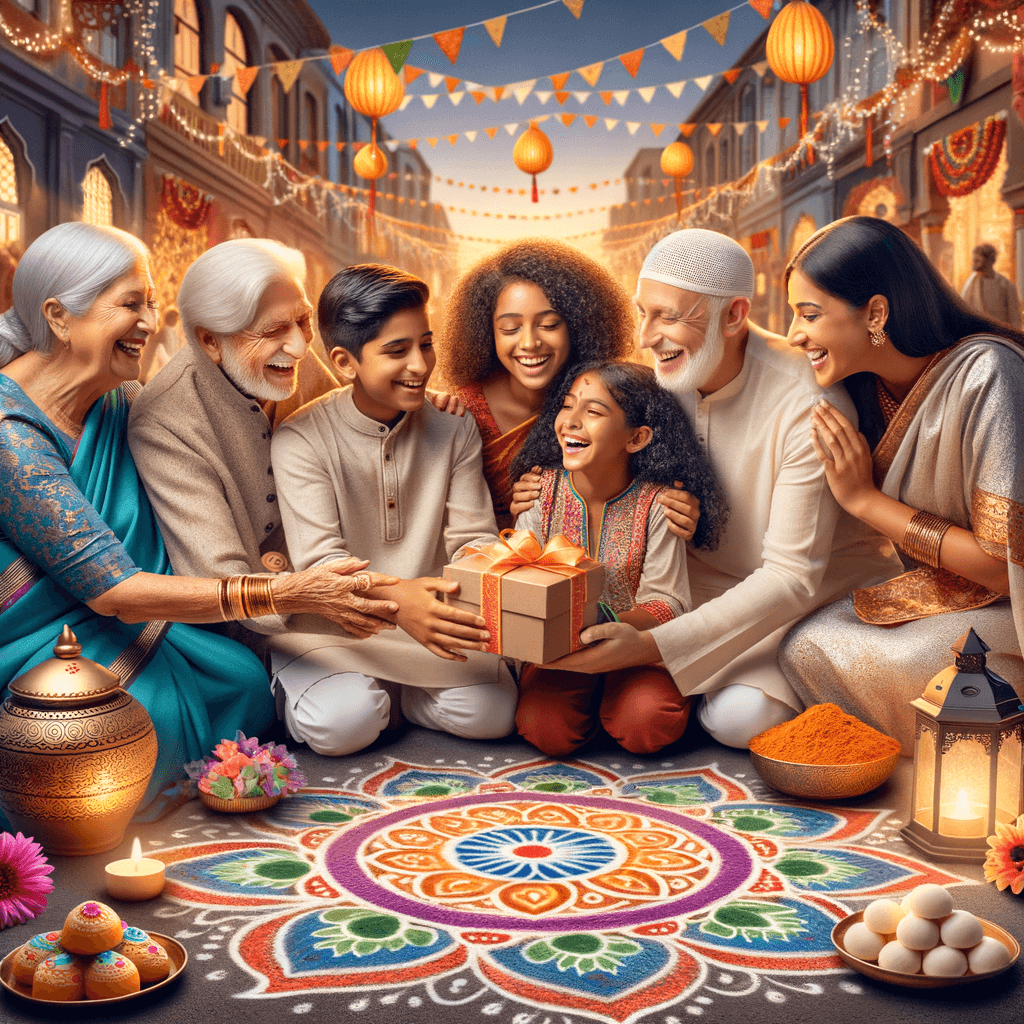Introduction to David Kinsley’s ten Mahavidyas
David Kinsley, a renowned scholar of Indian religions and Hindu goddess traditions, introduced the Ten Mahavidyas as a group of fierce and powerful goddesses in Hinduism. These Mahavidyas, or “Great Wisdoms,” represent the dynamic and often paradoxical nature of the divine feminine in Hindu mythology. Kinsley’s extensive research and writings have shed light on the esoteric and captivating aspects of these goddesses, unravelling their symbolism, rituals, and significance.
The Significance of the Mahavidyas in Indian Mythology
The Mahavidyas hold immense significance in Indian mythology, particularly in the Shakta tradition, where they are revered as the ultimate forms of Adi Parashakti, the primordial cosmic energy. Each Mahavidya embodies distinct attributes and powers, symbolizing the various facets of the divine feminine and her role in creation, preservation, and transformation. Their worship is considered a path to spiritual awakening, transcending mundane existence, and tapping into the sacred energies within and beyond the cosmos.
Overview of Each of the Ten Mahavidyas
The Ten Mahavidyas encompass a diverse pantheon of goddesses, each with her own unique characteristics and symbolism. These include Kali, Tara, Tripura Sundari, Bhuvaneshwari, Bhairavi, Chhinnamasta, Dhumavati, Bagalamukhi, Matangi, and Kamala. Each Mahavidya is associated with distinct mantras, yantras, and rituals, offering devotees profound avenues for spiritual evolution, knowledge, and empowerment.
The Divine Feminine: Understanding Shakti and Empowerment
The concept of the Divine Feminine is a rich and transformative aspect of Indian spirituality. Central to this ideology is Shakti, the primordial energy that embodies feminine power. Shakti represents creativity, nurturing, and intuition. It is believed to provide sustenance to all forms of life and elevate consciousness.
Understanding Shakti goes beyond mere worship; it is about recognizing the strength and power within oneself. The Divine Feminine teaches us that empowerment arises from acceptance and balance. It encourages women and men alike to embrace qualities traditionally associated with femininity, such as compassion and nurturing.
Through the lens of the Mahavidyas, the ten great goddesses, one can explore various aspects of Shakti. Each Mahavidya represents different forms and expressions of divine energy. By engaging with these powerful figures, seekers can unlock their potential and foster personal growth.
Shakti emphasizes connection with one’s inner self. This inner awakening cultivates a sense of responsibility toward oneself and the world. Ultimately, understanding the Divine Feminine leads to transformation and liberation from limiting beliefs.
The Role of Mahavidyas in Spiritual Practices
David Kinsley’s exploration of the Ten Mahavidyas offers a profound look into the myriad aspects of spirituality. The Mahavidyas are not just deities; they are symbolic representations of the various dimensions of the feminine spirit. Each goddess embodies distinct traits, teaching us vital lessons in personal and spiritual development.
Engaging with the Mahavidyas through rituals, meditation, and mantras allows practitioners to experience divine energies first-hand. For instance, Kali represents the fierce, transformative aspect of Shakti, encouraging us to confront our fears. Similarly, Tripura Sundari depicts beauty and harmony, guiding seekers toward inner peace.
These deities encourage self-exploration and healing. Each goddess invites reflection on personal challenges and growth areas. By invoking their energies, followers can navigate life’s complexities with purpose.
The Mahavidyas also bridge the gap between the material and spiritual worlds. They empower us to transcend limitations and foster a deeper connection to the universe. In recognizing and revering them, we embrace a path of enlightenment and empowerment.
The Intersection of Mythology and Modern Spirituality
Understanding the Mahavidyas is crucial for those on spiritual journeys today. Their stories and teachings resonate with modern seekers who are often searching for relevance in ancient traditions. The integration of these powerful figures into contemporary spirituality allows for a richer experience.
Modern interpretations can empower individuals to find their voice in a fast-paced world. The Mahavidyas symbolize resilience and femininity that transcends time. They serve as archetypes guiding us through challenges and transitions, encouraging us to embrace change.
This intersection of mythology and spirituality is vibrant and alive. It allows for reinterpretation and personalization of practices, ensuring that they remain relevant. Aspiring spiritual practitioners engage with these narratives, finding empowerment and solace in their teachings.
As individuals delve into the timeless teachings of the Mahavidyas, they can develop a sophisticated understanding of spirituality. Embracing these facets fosters personal growth, community, and a deeper connection with the Divine Feminine. The teachings of the Mahavidyas illuminate the path toward collective and individual empowerment.
How to Connect with the Energy of the Mahavidyas
Connecting with the energy of the Mahavidyas is a powerful practice that can bring about transformation and enlightenment. One way to connect with them is through meditation. By meditating on the specific attributes and symbolism of each Mahavidya, one can tap into their unique energies and gain a deeper understanding of their divine power.
Another way to connect with the Mahavidyas is through the recitation of their mantras. Each Mahavidya has a specific mantra that aligns with her energy. Chanting these mantras with devotion and understanding can help in establishing a spiritual connection with the Mahavidyas.
Exploring the stories and symbolism associated with each Mahavidya can also aid in connecting with their energy. By understanding their myths and legends, one can develop a profound connection with the Mahavidyas and integrate their teachings into daily life.
Embracing the Power of the Mahavidyas in Daily Life
Embracing the power of the Mahavidyas in daily life involves embodying their qualities and integrating their teachings into one’s spiritual journey. By recognizing and honoring the presence of the Mahavidyas in everyday experiences, individuals can cultivate a deeper sense of awareness, compassion, and empowerment.
Engaging in practices that reflect the qualities of the Mahavidyas, such as fearlessness, nurturing, transformation, and wisdom, can help in channeling their energy into daily life. This may include acts of kindness, self-reflection, and seeking knowledge to align with the energies of the Mahavidyas.
By embracing the power of the Mahavidyas in daily life, individuals can invite their transformative energy to guide them towards spiritual growth and a deeper connection with the divine feminine.









“महाकुंभ मेले की इस अद्भुत प्रस्तुति ने इसकी पौराणिक और ऐतिहासिक गहराइयों को खूबसूरती से उजागर किया है। भारत की सांस्कृतिक विरासत को समझने और उसे आत्मसात करने का इससे बेहतर माध्यम और क्या हो सकता है? इस मेले के पीछे की कहानी भारतीय परंपराओं और आध्यात्मिकता की शक्ति को दर्शाती है।
यदि आप मां बगलामुखी की कृपा प्राप्त करना चाहते हैं या बगलामुखी पूजा से जुड़े अनुष्ठानों और साधनाओं के बारे में जानना चाहते हैं, तो हमारे मंच पर स्वागत है। मां बगलामुखी के 108 नाम, आरती, बीज मंत्र, और अन्य महत्त्वपूर्ण जानकारी के लिए हमारी वेबसाइट पर जरूर पधारें।
हम मां बगलामुखी के विशेष अनुष्ठान और साधना से संबंधित सेवाएं भी प्रदान करते हैं।
[मां बगलामुखी साधना और अनुष्ठान के लिए यहां क्लिक करें](https://maabaglamukhi.guru)
जय मां बगलामुखी!”